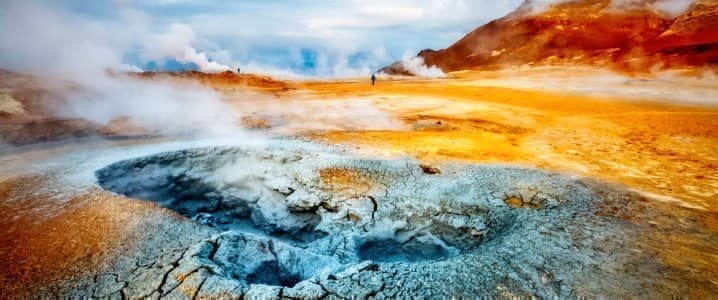
Geothermal energy is emerging as a significant contender in the global energy landscape, showing potential to provide a reliable source of clean energy. This renewable resource taps into the heat generated by the Earth’s core, offering a constant supply that is not subject to climatic variations impacting solar and wind energy. The technology and methodologies to harness this energy are rapidly advancing, capturing increased attention from both the public and private sectors.
Shifting Perspectives on Geothermal Energy
Historically overlooked, geothermal energy is now being recognized for its potential to reshape energy markets. In an interview published in February 2023 by The Hill, Cindy Taff, CEO of geothermal company Sage Geosystems, referred to this period as “the decade of geothermal.” This shift in focus comes after years of limited interest, with the New York Times reporting significant advancements in technology aimed at extracting geothermal energy more efficiently.
Countries like Iceland have long benefited from geothermal energy due to its geographical advantages, where heat naturally rises to the surface. However, in many regions, the heat required to generate electricity remains buried several kilometers underground, making extraction a complex challenge. The Earth’s crust varies in thickness from about 3 to 47 miles, and the ideal drilling locations are often found in deep ocean areas.
Innovative Approaches to Geothermal Extraction
New drilling technologies are under development to tap into these deep geothermal resources. One promising method involves adapting hydraulic fracturing techniques, commonly used in the oil and gas industry. This approach allows companies to fracture subterranean rock layers, creating artificial geothermal reservoirs. Although the current technology is not yet commercially viable due to limitations in heat resistance, it represents a step forward in enhancing geothermal energy extraction.
Another cutting-edge approach includes the use of gyrotrons, a technology from the nuclear fusion field. Researchers at the Massachusetts Institute of Technology (MIT) suggest that gyrotrons can superheat and maintain plasma using millimeter waves, enabling more efficient drilling into the Earth’s crust. According to findings published by IEEE Spectrum, this method could create a hole the size of a basketball in rock at a speed of 20 meters per hour, allowing for significant advancements in geothermal drilling capabilities.
Additionally, a Slovakian company, GA Drilling, is exploring the use of plasma torches for high-temperature drilling. Their technology aims to reach depths of up to 10 kilometers, potentially unlocking geothermal energy at various locations worldwide.
The potential impact of geothermal energy is substantial, especially as global energy demand rises, particularly driven by the growth of data centers. A recent report indicates that geothermal energy could meet up to 64 percent of the projected increase in energy demand from data centers by the early 2030s.
As countries explore these innovative drilling technologies, the possibility of democratizing clean energy becomes more tangible. Nations could access geothermal resources, leading to greater energy independence and stability in energy supply. The advancements in geothermal energy technology could thus play a crucial role in addressing future energy challenges while promoting sustainable practices globally.







